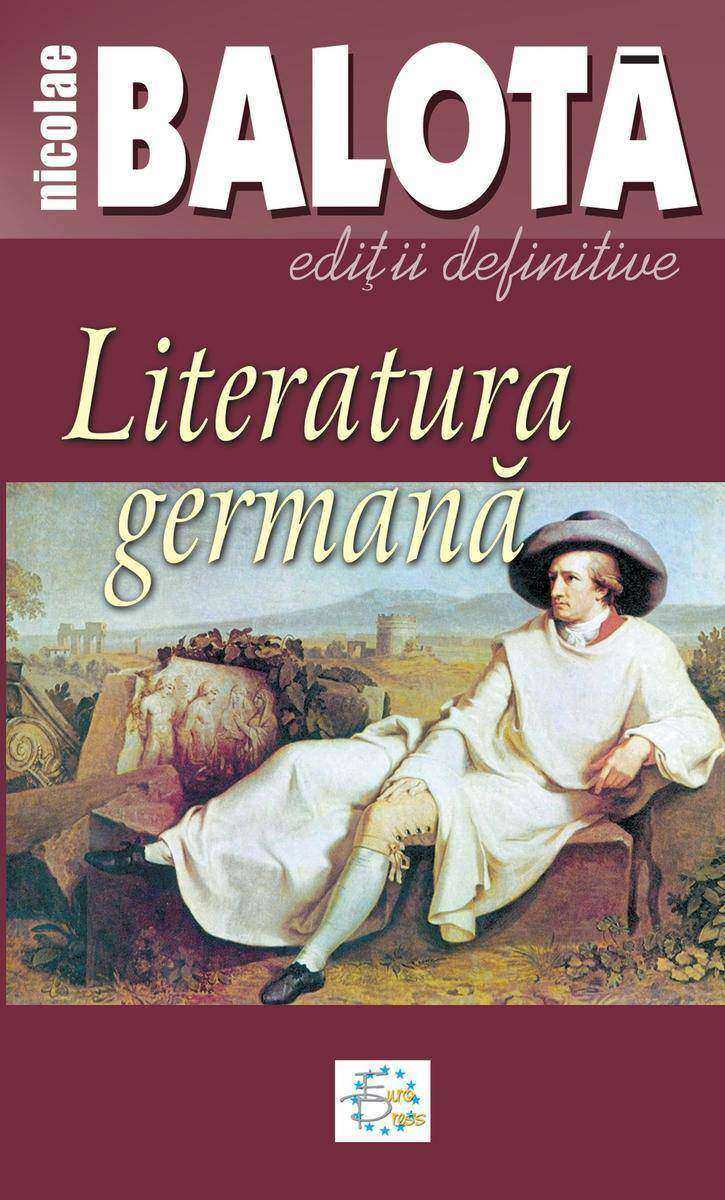
Literatura german?. De la Sturm-und-Drang la zilele noastre
¥96.47
Cartea abordeaz? o tem? important?, care nu a f?cut obiectul unei cercet?ri distincte ?n istoriografia rom?neasc?, mai ales perioada 1948-1955. Autorul a analizat evolu?ia elitei politice na?ional-??r?niste ?i na?ional-liberale ?n ?ntreg intervalul 1945-1955 … Ponderea cea mai mare o ocup? activitatea represiv? a guvernan?ilor care, ?n anii 1947-1950, au desf??urat o ampl? ac?iune de arestare a tuturor adversarilor regimului … Urm?rind simultan, potrivit criteriului cronologic, ?ntregul tablou al situa?iei interna?ionale, al activit??ii guvernamentale, al vie?ii interne a partidelor analizate, al ac?iunii liderilor politici etc … lucrarea se dovede?te a fi temeinic documentat? ?i realmente original?.
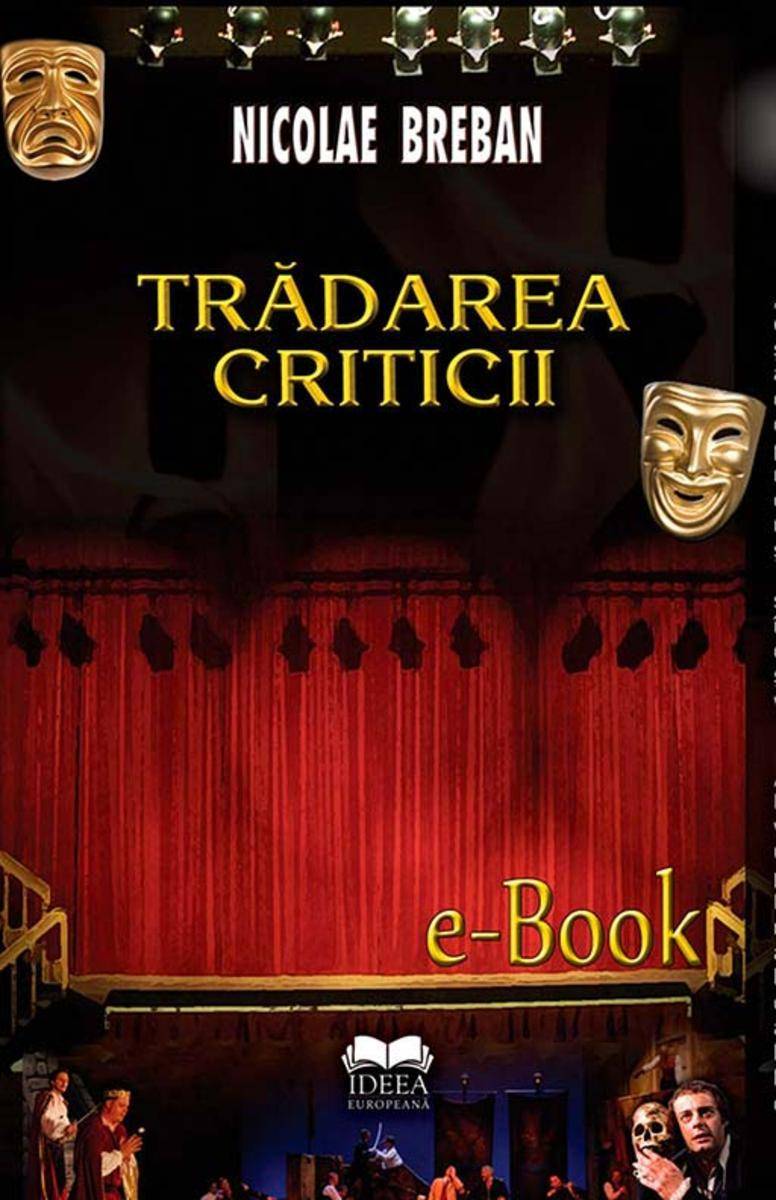
Tr?darea criticii
¥81.67
Habsburgi, Windsori, Romanovi, Hohenzollerni, familii regale ale Belgiei, Olandei, Italiei, Iugoslaviei, Bulgariei, Rom?niei sau Greciei – monarhiile europene s-au aflat ?n inima celor dou? R?zboaie Mondiale.?ntr-o incursiune istoric? fascinant?, punctat? de portrete, anecdote, momente-cheie, ?nt?lniri decisive, jocuri de alian?e, Jean des Cars ne introduce ?n culisele cur?ilor europene prinse ?n v?rtejul celor dou? conflagra?ii care au zguduit secolul al XX-lea.?Jean des Cars, eminent specialist al marilor dinastii europene, realizeaz? – ?ar? dup? ?ar?, deceniu dup? deceniu – un expozeu al faptelor istorice marcante, construind o lucrare plin? de vivacitate ?i bine documentata, o lectura cu at?t mai captivanta, cu c?t cele aproape 170 de subcapitole care o compun istorisesc, fiecare ?n parte, o adev?rat? poveste." - Le Figaro Magazine?Una dintre cele mai bune c?r?i ale autorului ?i un succes de libr?rie: urm?rim pe parcursul acestor conflicte comportamentele monarhilor, majoritatea ?nrudi?i ?ntre ei. Un secol de istorie a marilor familii, a destinelor europene, iar pentru Europa de Est, o memorie reg?sit?." - Valeurs Actuelles?n vara lui 1914, Europa este majoritar monarhic?: din dou?zeci ?i dou? de state, nou?sprezece sunt regate, imperii, principate sau mari ducate. Ast?zi, nu au mai r?mas dec?t zece. Primul R?zboi Mondial provoac? pr?bu?irea a patru imperii (Germania, Rusia, Austro-Ungaria, Imperiul Otoman), iar al Doilea spulber? patru regate (Italia, Iugoslavia, Rom?nia, Bulgaria).Cine erau ace?ti suverani? Dar femeile care le ?mp?rt??eau destinul?De la ambi?ie la orbire, de la curaj la sl?biciune, de la gelozie la abnega?ie, care au fost triumfurile ?i e?ecurile lor? Cum ?i-au tr?it gloria, dramele, cum s-au confruntat cu ascensiunea extremismelor interbelice, cu apari?ia totalitarismelor? Erau con?tien?i de consecin?ele gesturilor lor? Sau au fost incapabili s? stopeze avansul na?ionalismelor? Care au fost vie?ile lor personale, iubirile ?i pasiunile secrete? Ace?ti monarhi, care se vor alia, se vor ?nfrunta ?i uneori tr?da, sunt to?i ?nrudi?i, uni?i prin leg?turi de s?nge ?i matrimoniale. Astfel, ?r?zboiul regilor" va fi o incredibil? reglare de conturi familial? – la scar? continental?, apoi mondial?.
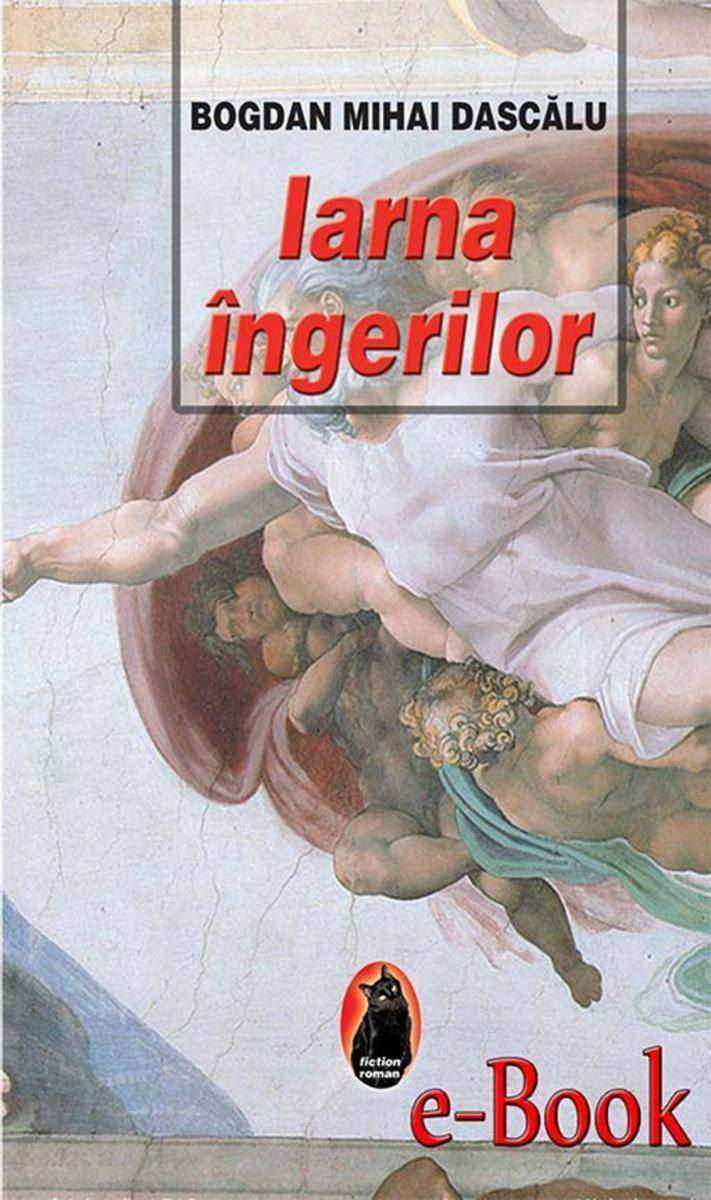
Iarna ?ngerilor
¥32.62
Eseuri ?i cronici teatrale structurate simultan ?n dou? planuri, ?nc?t se reconstituie panorama artei spectacolului ?n Rom?nia ?i par?ial ?n lume, ?n perioada 1993-2003, ?i se realizeaz? o privire din unghiul zilei de azi a artei dramatice, ?n evolu?ia ei, de la antici la contemporani.
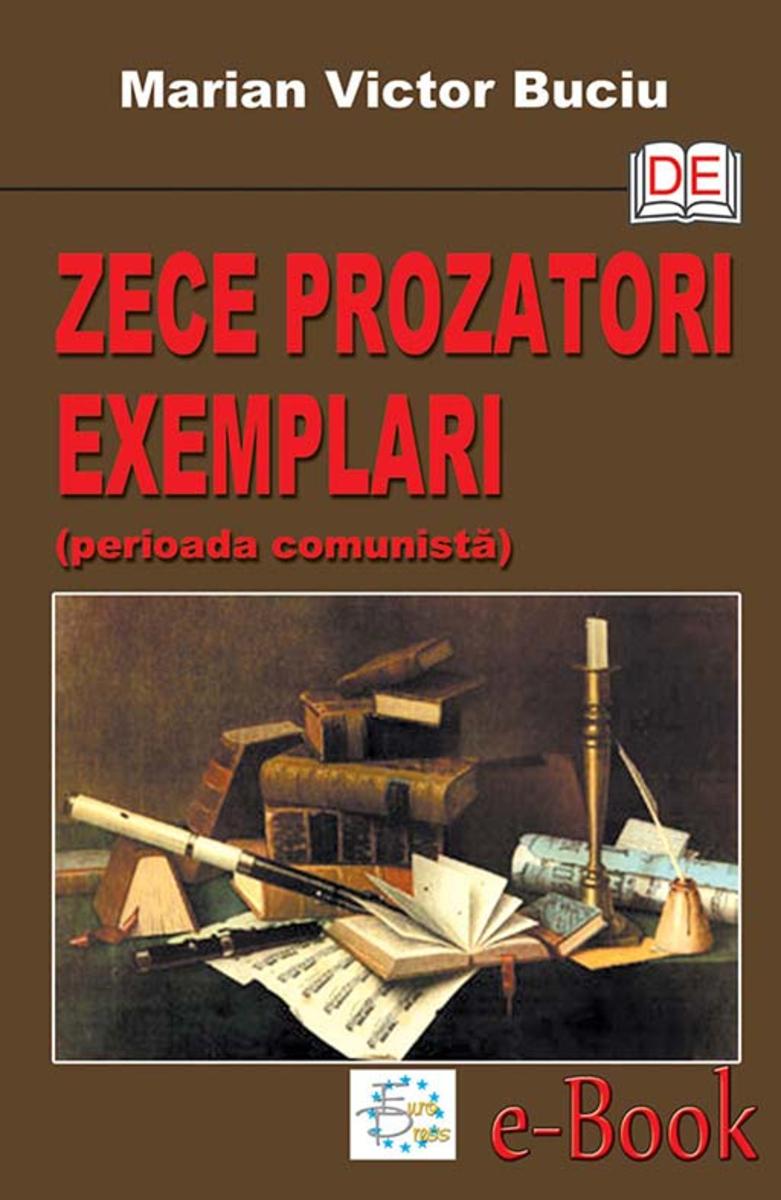
Zece prozatori exemplari (perioada comunist?)
¥40.79
Vera Maria Rosenberg a fost, probabil, cea mai important? femeie spion din al Doilea R?zboi Mondial. N?scut? ?n 1908 la Gala?i, a emigrat ?n Marea Britanie ?n 1933, fiind recrutat? ?n tinere?e de serviciile de informa?ii britanice. Ulterior ?i-a schimbat numele, pentru a-?i ascunde originea evreiasc?, iar dup? stabilirea ?n Marea Britanie a participat la nenum?rate misiuni secrete, ajung?nd ?n fruntea SOE, serviciul de opera?iuni speciale creat de Winston Churchill. Agen?ii ei au participat la nenum?rate opera?iuni vitale, inclusiv la preg?tirea debarc?rii ?n Normandia. ?n 1987, Fran?ois Mitterand i-a acordat Legiunea de Onoare, pentru aportul ei la eliberarea Fran?ei. Dup? r?zboi, Vera Atkins s-a retras ?ntr-un sat din Anglia, unde a r?mas p?n? la moarte, ?n 2000. Via?a i-a fost ?nconjurat? de mister, ?i pu?ini au ?tiut cine este cu adev?rat. Biografia lui Sarah Helm dezv?luie secretele celei despre care Ian Fleming, creatorul celebrului James Bond, spunea ??n adev?rata lume a spionilor, Vera Atkins a fost ?eful.“
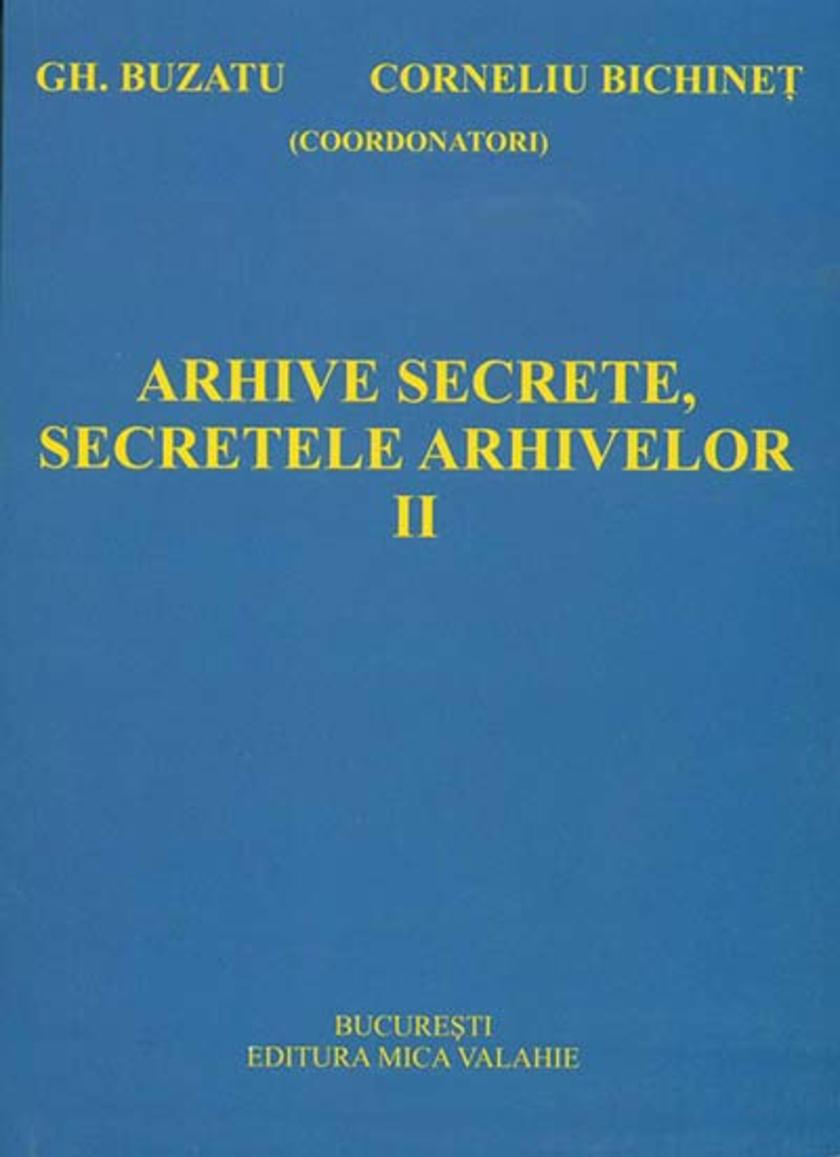
Arhive secrete, secretele arhivelor. Vol. 2
¥106.19
Lucrarea vizeaz? o tem? de actualitate – brandul de ora?, oferind un cadru teoretic al acestui nou concept de marketing, completat de o parte aplicativ? divers?, care ?i-a propus s? identifice ?i s? completeze eforturile autorit??ilor locale ?n aceast? direc?ie.
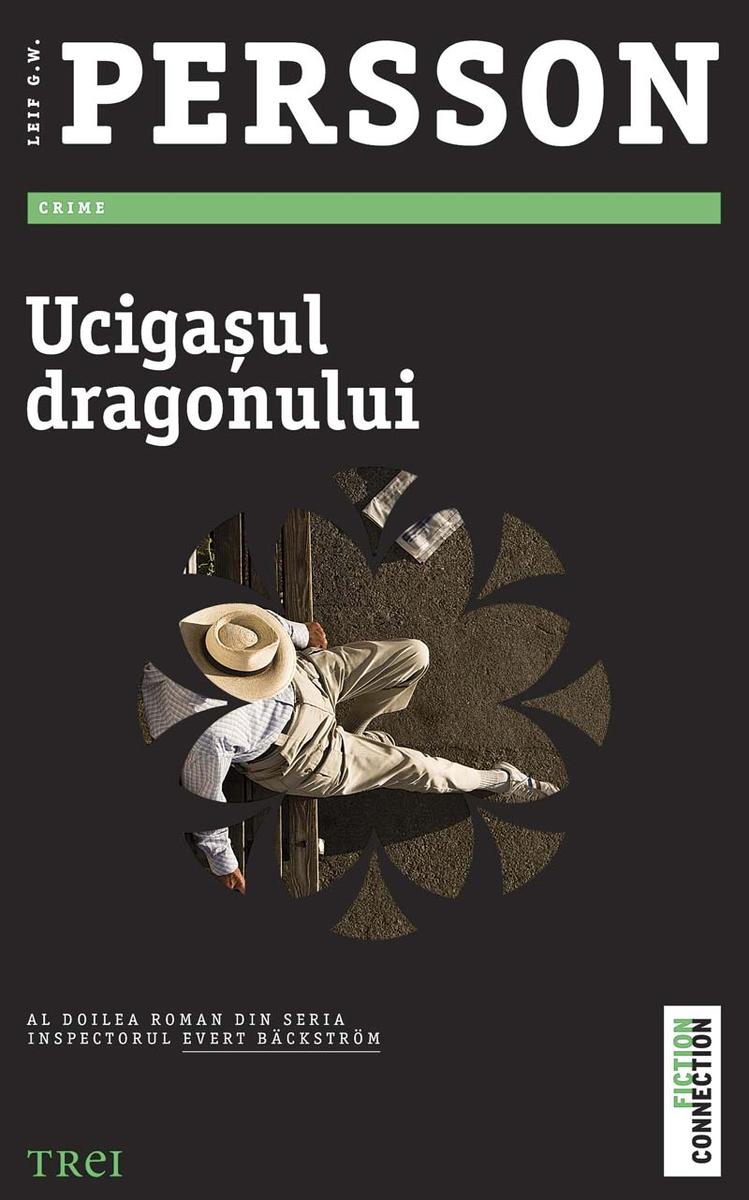
Uciga?ul dragonului
¥81.67
Necesitatea acestei carti s-a impus in campul istoriografiei contemporane ca un raspuns ce se cerea stringent intr-un moment in care istoriografia in ansamblul ei a intrat intr-un serios impas girat si incurajat de predominanta agresiva si interferenta unor scoli si curente inconsistente, care de care mai zgomotoase, mai belicoase, mai ?originale“, concomitent cu intensificarea presiunii factorului politic (guverne, parlamente, tribunale, ong-uri etc).Tematica lucrarii o constituie evenimentele care au tulburat intreaga lume in perioada celui de-al Doilea Razboi Mondial.Studiile din aceasta carte au aparut sub semnatura celor mai prestigiosi istorici ai neamului nostru din aceasta perioada: acad. Dan Berindei, acad. Florin Constantiniu, prof. univ. dr. Gh. Buzatu (coordonatorul editiei), Stela Cheptea si multi altii.
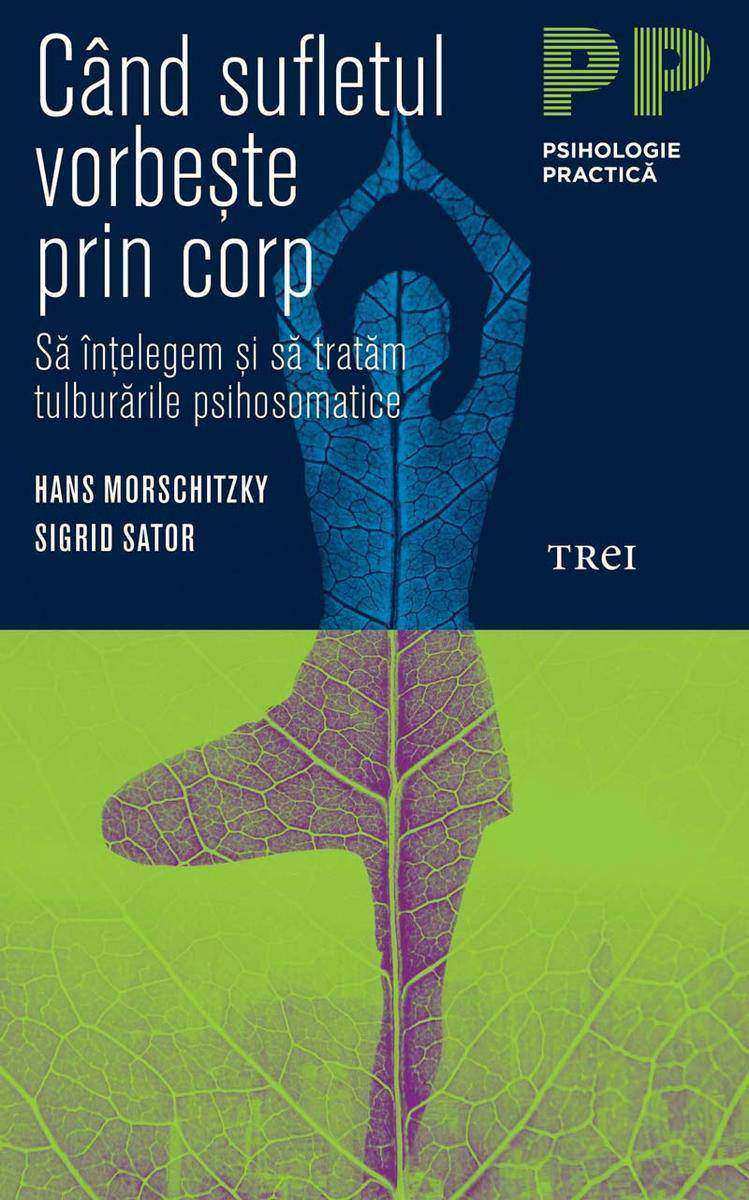
C?nd sufletul vorbe?te prin corp. S? ?n?elegem ?i s? trat?m tulbur?rile psihosom
¥65.32
Ilie Badescu, sociologul care a redeschis dezbaterea privind puterea si importanta pe care o are spiritul si desavarsirea fiintei si societatii, in lucrarea de fata ne vorbeste despre forta invataturilor precum si despre devierile prin care sunt propagate in lume falsele invataturi.
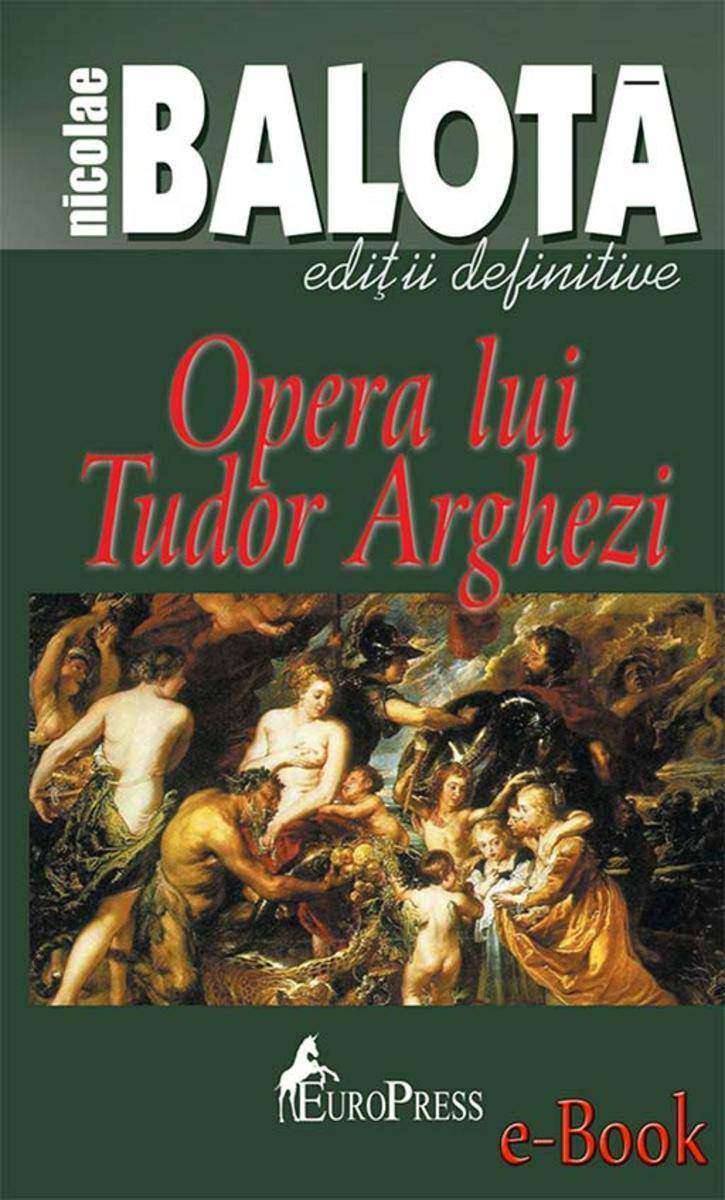
Opera lui Tudor Arghezi
¥106.19
Cartea lui Dan Dungaciu se individualizeaza prin originalitatea metodei sale: logistica. Sociologia este, prin excelenta, o "stiinta de spate", cum ar spune logisticienii, adica o stiinta care serveste marilor incordari colective (ofensive sau defensive) pe o durata anumita. Dan Dungaciu propune, in acest sens, cel putin trei procedee de cercetare a sociologiei la scara unei epoci si a unei arii de civilizatie, cea europeana in acest caz: a) "centrele logistice ale gandirii sociale" (care sustin retelele sociologiei); b). "Harta logistica a sociologiei" (romanesti in acest caz); c). Seria teoriilor reprezentative pentru cateva dintre temele dominante ale sociologiei interbelice. Modelul lecturii dezvaluie o fata surprinzatoare a uneia dintre cele mai spectaculoase manifestari ale sociologiei in secolul XX: sociologia romaneasca interbelica. Istoria logistica a sociologiei romanesti reconstituie astfel una dintre secventele de mare tensiune creatoare ale dramei neamului romanesc in secolul al XX-lea, ceea ce face din cartea lui Dan Dungaciu una de exceptie.

Cel mai bun tat?
¥73.49
Insumeaza o serie de cursuri universitare (de docenta si nu numai) tinute de unul dintre cei mai ilustrii elevi ai lui Vasile Parvan, prof. dr. docent Vladimir Dumitrescu, la Universitatea din Bucuresti in anii 30 ai secolului trecut, in vederea obtinerii titlului de docent si pe cel de conferentiar al respectivei Universitati. Volumul incepe cu o cuprinzatoare prelegere din care aflam cere au fost formele de civilizatie preistorica in Dacia rasariteana pana in mileniul I, i. C., precum si rolul marilor fluvii in dezvoltarea civilizatiilor omenesti.
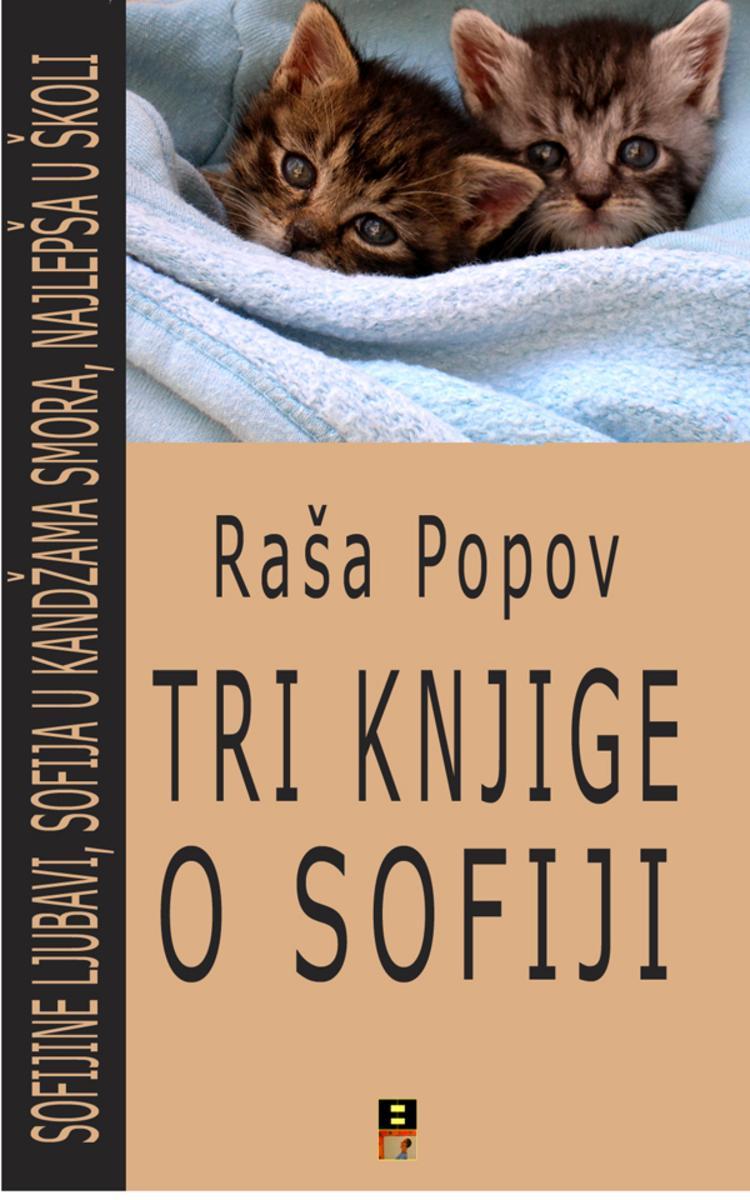
TRI KNJIGE O SOFIJI
¥80.93
O istorie politico-sentimental? a capitalei noastre. De ce o istorie politico-sentimental?? Pentru c?, ?n evolu?ia Bucure?tiului, de-alungul secolelor, afacerile politice s-au ?mpletit adesea, inevitabil, cu b?t?ile inimii. Chiar prima perioad? a cet??ii, ca ?i capital? domneasc?, tutelat? de figu ra dominant? a doamnei Chiajna, poate fi b?nuit? de un senzualism crud care a deschis drum acelui fenomen pe care Ionescu-Gion ?l numea at?t de plastic ?ginecolatrie“, adic? ascultarea dovedit? de domnitorii valahi fa?? de so?iile lor.

De la Homer la Joyce
¥76.03
Dincolo de miza succesului ?colar (examenul de Evaluare Na?ional? fiind un prag important pentru fiecare elev), studiul limbii ?i al literaturii rom?ne trebuie s? r?m?n?, ?n gimnaziu, o experien?? cultural? pertinent? ?i interesant?, care s? implice imagina?ia, gustul estetic, nevoia de autointerogare ?i de comunicare. Respect?nd programa specific?, structura oficial? a subiectelor ?i maniera de formulare a sarcinilor de lucru stabilite de Ministerul Educa?iei, volumul ??i propune s? nuan?eze preg?tirea continu? ?i sistematic? pentru Evaluarea Na?ional?, intervenind cu fi?e teoretice esen?ializate, teme de portofoliu, modele ?i sugestii de rezolvare, r?spunsuri selective ?i o cons istent? baterie de teste de antrenament. De asemenea, cartea are ?n vedere, prin selec?ia textelor (clasice sau contemporane, din autori celebri sau mai pu?in cunoscu?i ?n anii de gimnaziu), redescoperirea ?n adolescentul de 14?15 ani a cititorului pasionat sau m?car avizat, dornic s???i sus?in? punctele de vedere, s???i l?rgeasc? orizontul cultural ?i s? descopere, dincolo de informa?ii, reguli, canoane, adev?ratele provoc?ri, ierarhii, idoli, ca form? de acomodare cu specificul ?i noile problematici ale orelor de limba ?i literatura rom?n? din clasa a IX?a de liceu.
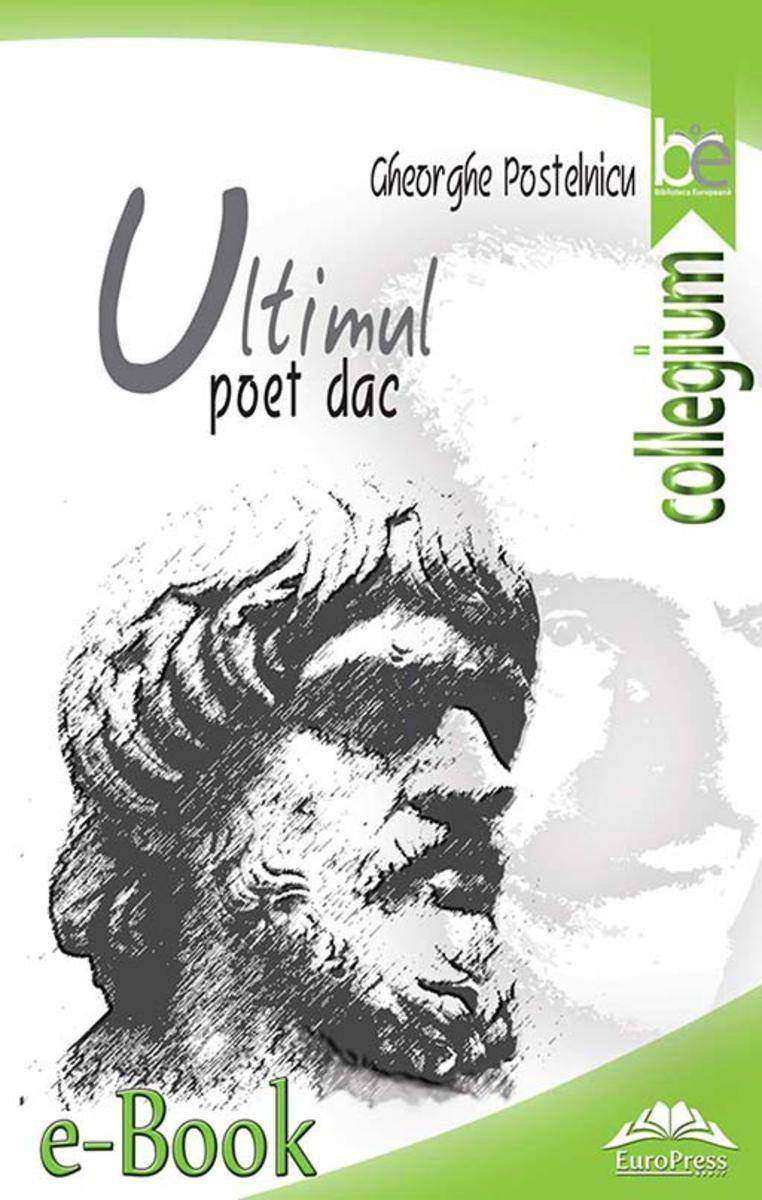
Ultimul poet dac
¥40.79
Dictionarul de sociologie rurala este primul volum din cele sase care alcatuiesc Enciclopedia Rurala. Lucrarea se inscrie in traditia deschisa de Scoala Sociologica de la Bucuresti si pentru realizarea sa a colaborat un colectiv de autori din toate centrele universitare ale tarii: Bucuresti, Cluj, Oradea, Iasi, Brasov, Craiova. Dictionarul este structurat pe patru sectiuni (termeni, personalitati, curente, reviste) si cumuleaza, pe o intindere de aproximativ 650 de pagini, un numar de peste 300 de termeni. Lucrarea valorifica terminologia sociologiei rurale romanesti si europene precum si cea din practica unor institutii internationale si regionale care prin natura preocuparilor lor afecteaza mediul rural. De asemenea dictionarul ofera o sistematizare schematica a teoriilor si curentelor de referinta pentru domeniu si constituie un ghid util pentru toti cei interesati de practica si metodologia de cercetare rurala din sociologie, antropologie si politici de dezvoltare.
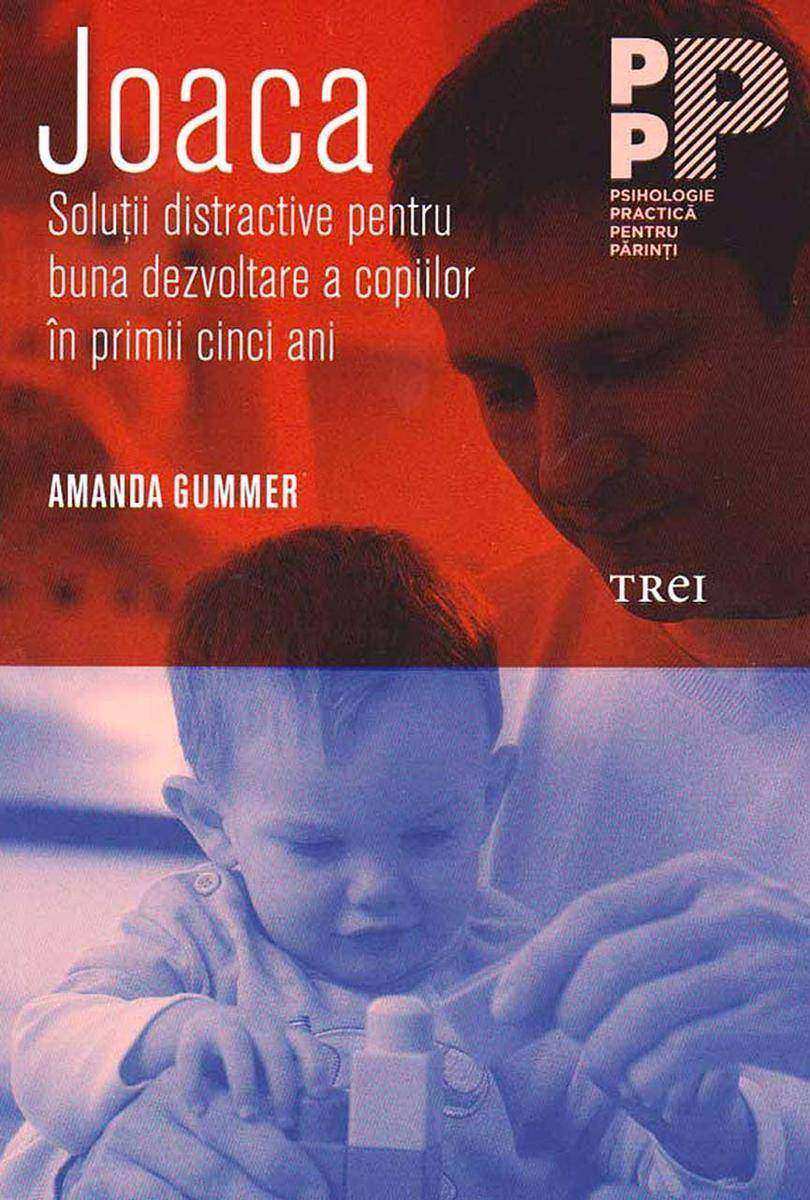
Joaca. Solu?ii distractive pentru buna dezvoltare a copiilor ?n primii cinci ani
¥48.97
Materialele reunite in acest volum reprezinta o suma de contributii si studii publicate in ultimii ani. Toate materialele au fost selectate pentru a corespunde titlului stabilit: BATALIA PENTRU BASARABIA. Este explicabil de ce, in atare conditii, preocuparile colectivului de autori s-au concentrat asupra epocii celui de-al Doilea Razboi Mondial, cu predilectie tratand sfartecarea teritoriala a Romaniei Mari in 1940 sau rolul si locul Maresalului Ion Antonescu in reluarea luptei nationale pentru eliberarea Basarabiei de sub dominatia Imperiului Rosu stalinist, dupa 1941. Nu au fost neglijate nici anume fapte si consideratii din rastimpul 1945-1989, cand batalia s-a desfasurat indeosebi pe plan politico-diplomatic, dar si ideologic ori istoriografic.
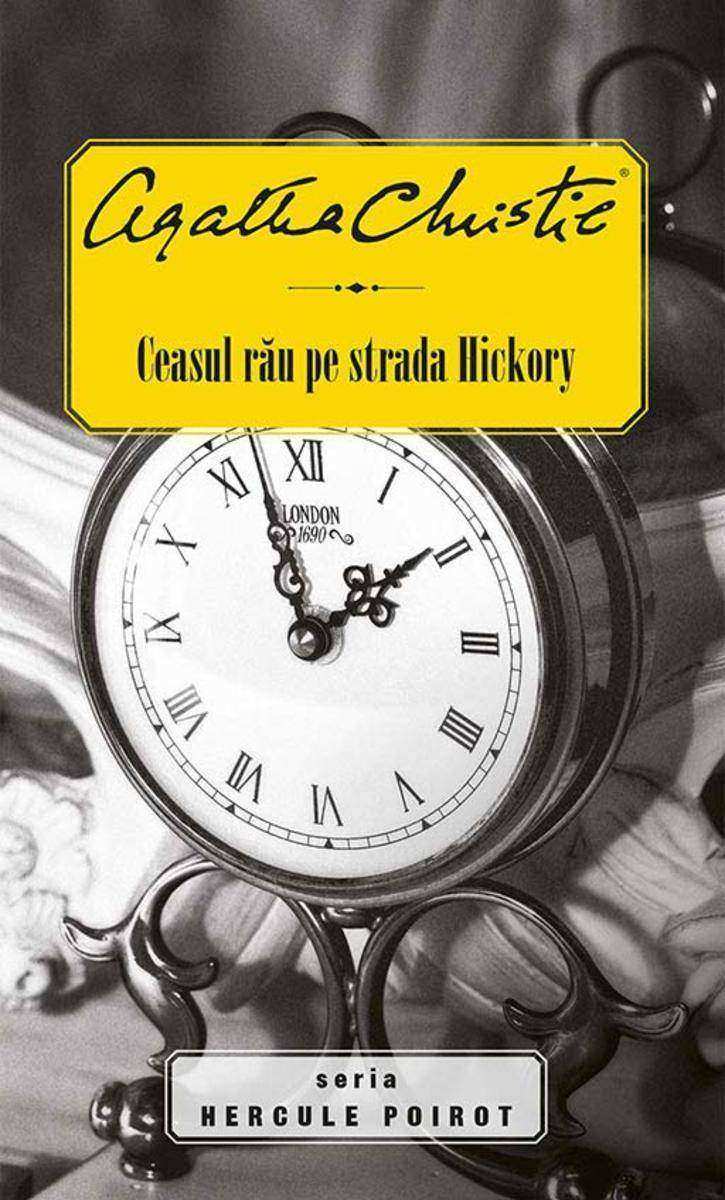
Ceasul r?u pe strada Hickory
¥33.03
Cartea de fa?? vrea s? relateze succint, dar temeinic, evenimentele petrecute în cei dou?zeci de ani de insecuritate ?i criz? ce au urmat Marelui R?zboi. Indiferent cât de puternice sau de durat? au fost for?ele ce au dus la izbucnirea celui de-al Doilea R?zboi Mondial, a existat un moment când principalii actori pe scena istoriei s-au v?zut nevoi?i s? se confrunte cu aceste for?e ?i s? ia anumite decizii. Marile evenimente ale istoriei î?i genereaz? o dinamic? ?i o desf??urare proprii. Din perspectiva noastr?, a celor de acum, al Doilea R?zboi Mondial pare s? fi izbucnit din cauza crizei interna?ionale provocate de Germania lui Hitler. Îns? nimic din ce se întâmpl? în istorie nu este inevitabil, dup? cum va încerca s? demonstreze acest volum. Dialogul straniu între sistem ?i actorii lui se afl? la baza relat?rii istorice. Evenimentele înse?i pot fi, în acela?i timp, cauz? ?i efect – la fel cum s-a întâmplat ?
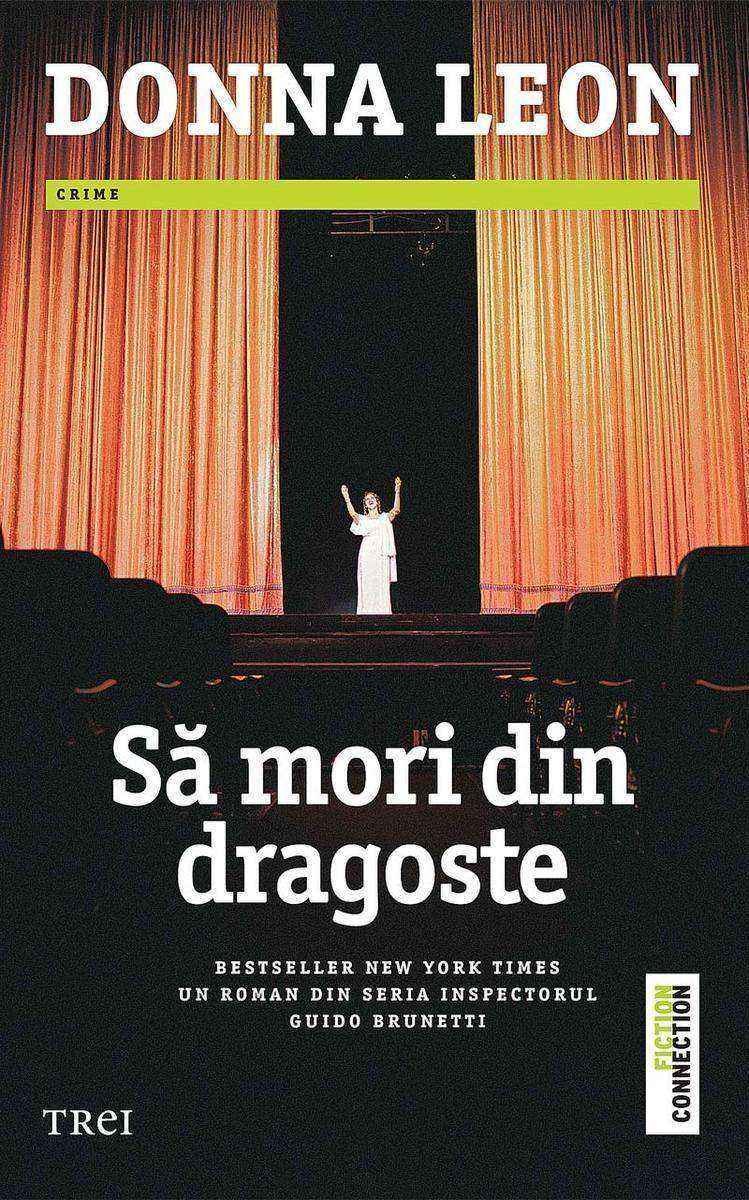
S? mori din dragoste
¥65.32
Un volum cuprinzand studii si documente descoperite in arhivele romane si straine (aproximativ 900 pagini) privind istoria conflictului mondial din 1939-1945 si a razboiului rece. Lucrarea reflecta, in esenta, batalia pentru informatii angajata intre serviciile de spionaj dupa 1939, pregatirea si infaptuirea loviturii de stat de la 23 August 1944, lupta pentru putere la nivelul conducerii P.C.R. (1944-1989), premisele loviturii de stat din 22 decembrie 1989, prabusirea statului comunist in Europa Est-Centrala e.t.c.
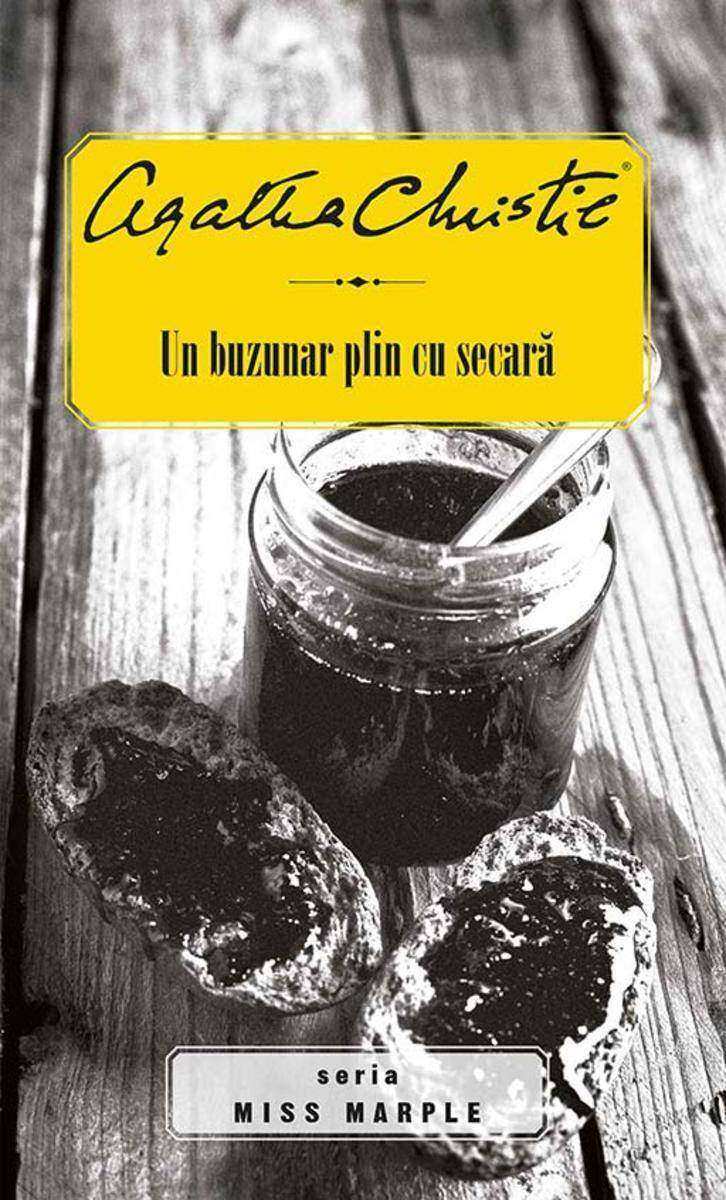
Un buzunar plin cu secar?
¥33.03
Istoria serviciilor de informa?ii sovietice continu? s? fie un mister“, m?rturise?te Boris Volodarski, fost c?pitan în Serviciul de Informa?ii Militare din URSS (GRU), unul dintre cei mai mari exper?i în studierea serviciilor secrete sovietice. ?i tot Volodarski este de p?rere c? majoritatea materialelor publicate pe aceast? tem? este plin? de falsuri ?i de informa?ii distorsionate, incluzând aici ?i memoriile publicate de fo?tii agen?i. Noile documente disponibile ast?zi ne permit s? cunoa?tem mult mai bine adev?rul despre interven?ia sovietic? în Spania ?i rolul jucat de agen?ii URSS: Gerö, Grigulevici, Philby (ini?ial trimis cu misiunea de a-l asasina pe Franco), Kol?ov ?i, mai ales, Lev Nikolski, cunoscut drept Aleksandr Orlov – omul care i-a în?elat pe Stalin ?i pe cei de la CIA, ?i chiar lumea întreag? cu memoriile sale. Acesta a condus, din februarie 1937, sta?ia NKVD din Spania ?i a fost responsabil de o etap? important? a regimului de teroare sângeroas?, care a inclus asasinarea lui Kurt Landau ?i a lui Andreu Nin. Cartea de fa??, care demonteaz? o cantitate impresionant? de fabula?ii, falsuri ?i minciuni, ce continu? s? fie propagate ?i ast?zi, va fi, f?r? îndoial?, o referin?? indispensabil? pentru to?i cei care î?i propun s? studieze R?zboiul Civil din Spania.
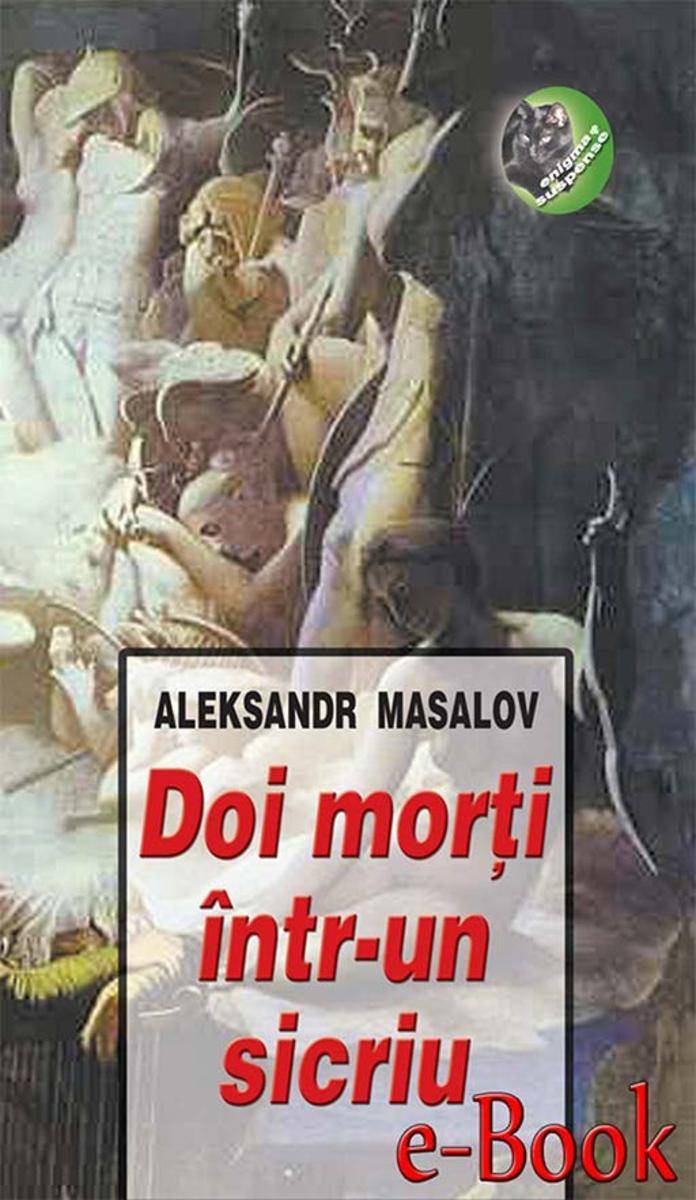
Doi mor?i ?ntr-un sicriu
¥40.79
Un fascinant discurs despre unul dintre cei mai celebri ?i cei mai disputa?i actori ?i regizori, cu istorii scandaloase al c?ror personaj atipic a fost, cu via?? – nu totdeauna lipsit? de r?sp?ntii ?i suspans – de culise a acestui filosof al scenei ?i bufon metafizic al existen?ei. Autoarei i s-a decernat pentru aceast? carte Premiul Uniunii Cinea?tilor din Rom?nia.
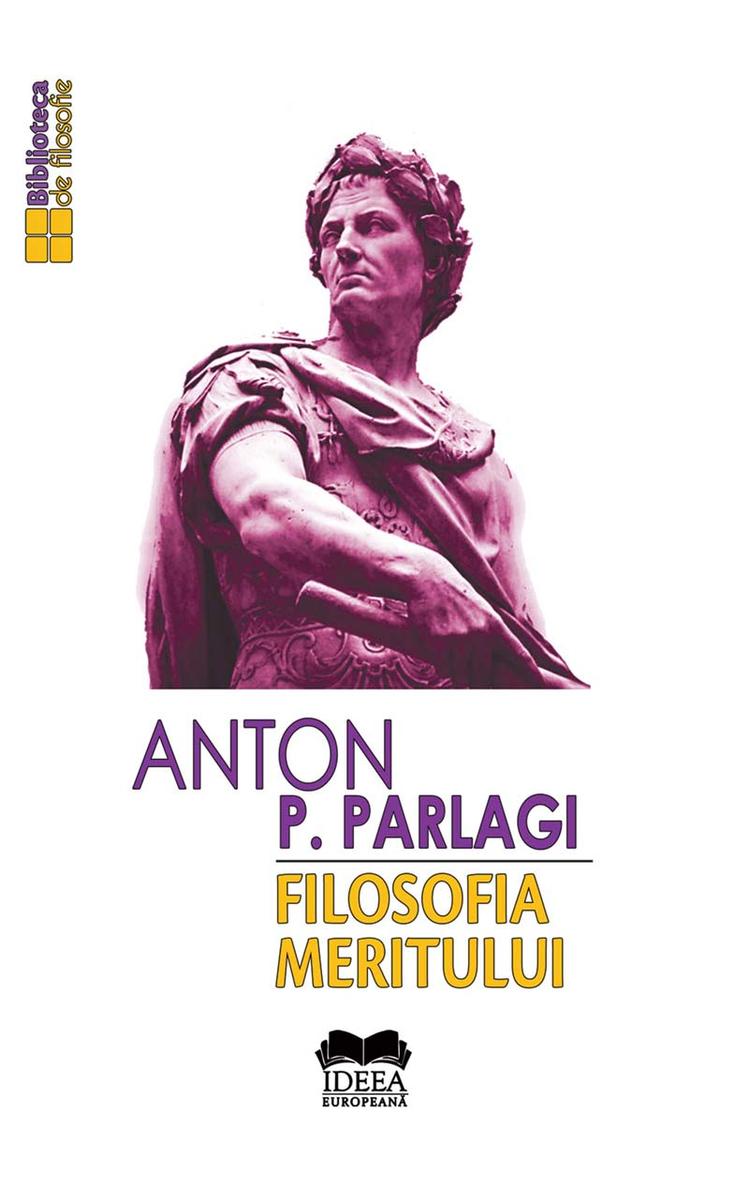
Filosofia Meritului
¥168.41
The work represents a synthesis published and printed in two volumes (the 1st volume in 2002, the second one, in 2004) under the aegis of Mica Valahie Publishing House in Bucharest. Being elaborated on the basis of some documents discovered in the Romanian and foreign archives, the two volumes cover the period up to 1929 in the first volume and the period from 1929 to 2005 in the second one. The paper reveals the role and place of Romanian oil in the evolution of the national and worldwide history, especially during the World War between 1939 and 1945 and in the development of the so-called “cold war”. The book insists upon the prospects of the specific “black gold” evolution.In the addendum there are to be found some interesting documents and the complete bibliography of oil.
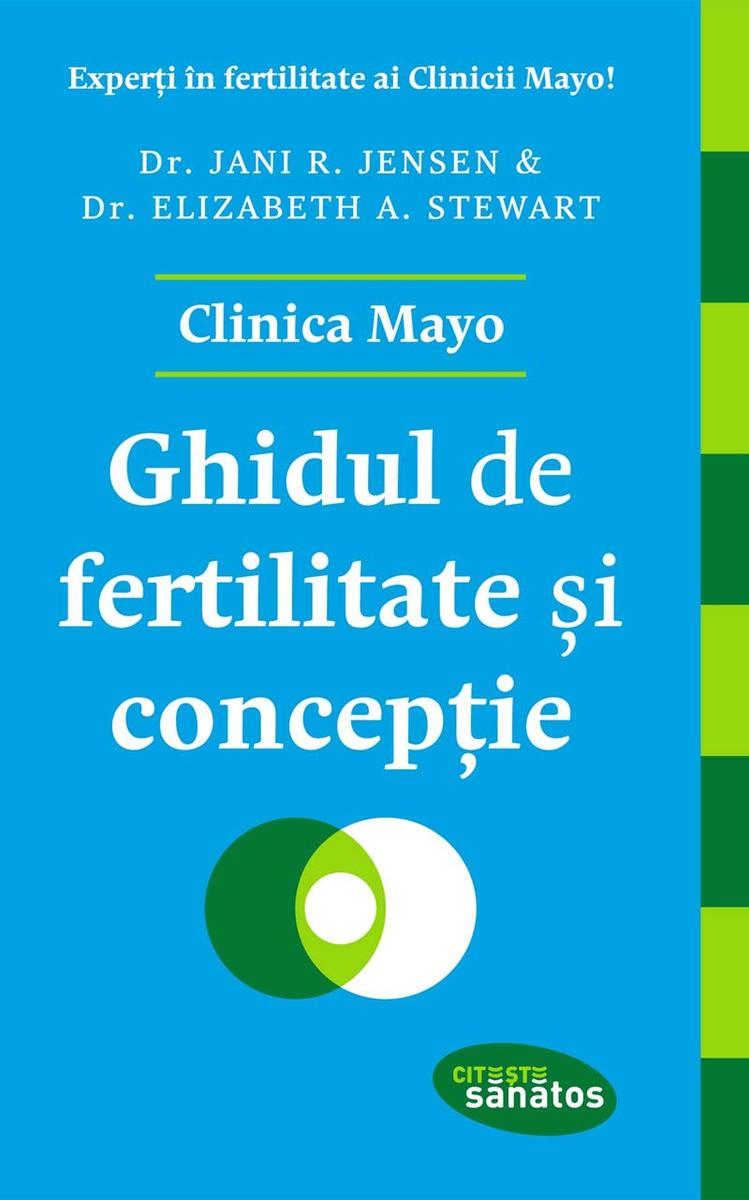
Ghidul de fertilitate ?i contracep?ie. Clinica Mayo
¥81.67
Specialist ?n domeniul avangardei, scriitorul – extrem de incomod uneori! – Ovidiu Morar, scrie despre scriitorii evrei din Rom?nia ?ntr-un stil incomod, m?nat de un zeu al drept??ii, impar?ial ?i feroce. Cine sunt scriitorii evrei? ?n ce m?sura ei se deosebesc de rom?ni, unguri, francezi, ?i ?n ce m?sur? se aseam?n?? Aceste ?i multe alte ?ntreb?ri mai mult sau mai pu?in comode revin aidoma unui laitmotiv pe parcursul c?r?ii, scrise ?ntr-un stil alert, incitant, cu note v?dit incomode, iar pe aclouri de-a dreptul provocatoare.
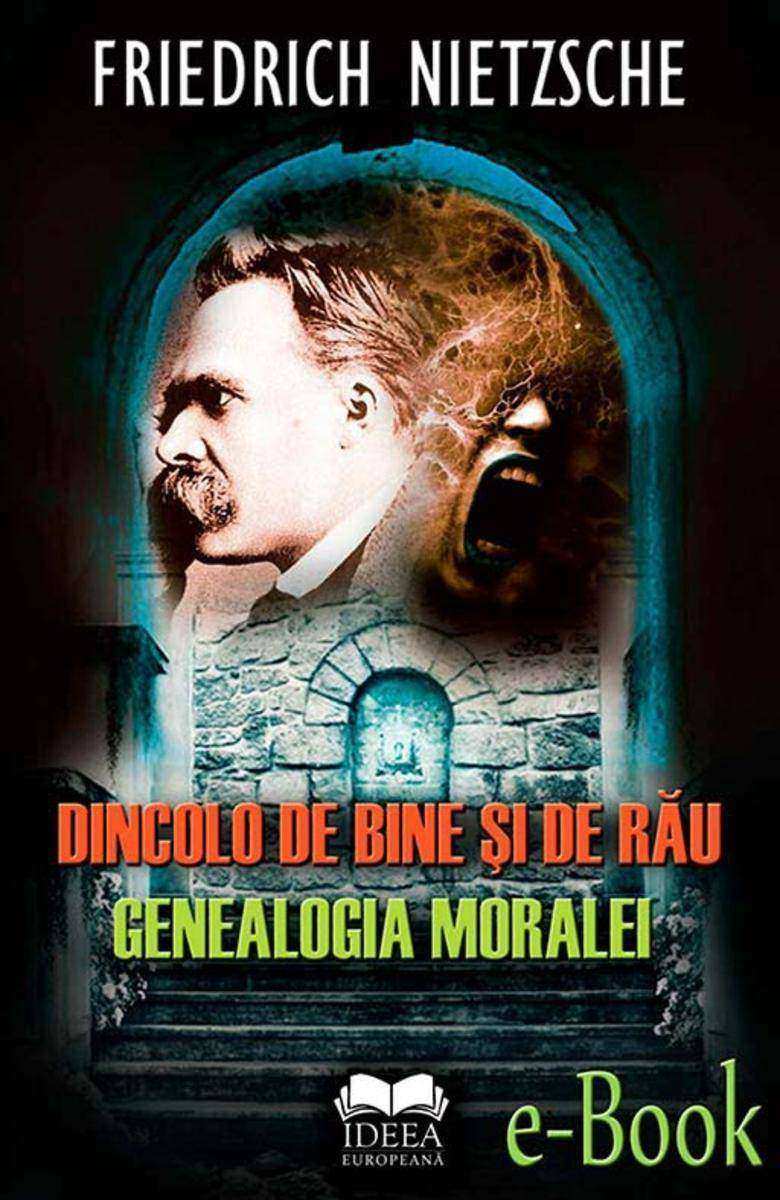
Dincolo de bine ?i de r?u. Genealogia moralei
¥98.02
Doamna Marusia CIRSTEA, doctor in stiinte istorice, a investigat, in baza cercetarii unei extrem de bogate bibliografii si a unor studii intense in arhivele diplomatice si militare interne (Arhiva Ministerului de Externe al Romaniei - Bucuresti, Arhivele Militare Nationale – Bucuresti si Pitesti, Arhivele Nationale ale Romaniei - Bucuresti, Biblioteca Nationala si Biblioteca Academiei Romane, ambele din Bucuresti), o problema de mare interes, abordata pana acum de numerosi istorici romani si straini (Paul D. Quinlan, Elisabeth Barker, V. F. Dobrinescu, Gh. Pascalau, Ion Patroiu s.a.). Tocmai de aceea, meritul autoarei este cu totul deosebit, intrucat, bazandu-se pe rezultatele cercetarilor anterioare, dar, aprofundandu-le si completandu-le substantial cu documente inedite, este in masura sa realizeze o contributie stiintifica de reala valoare pe marginea evolutiei raporturilor politico-diplomatice intre Romania si Marea Britanie intr-una din perioadele cele mai captivante si mai dificile ale epocii contemporane – ajunul conflagratiei mondiale din 1939-1945. Asa dupa cum se subliniaza in ampla Introducere, problema cercetata ?constituie o tema de studiu si de reflectie importanta, interesanta si plina de invataminte, nu numai pentru istoricul de astazi, dar si pentru omul simplu, pasionat de istorie si, indeosebi, pentru politicianul si diplomatul care trebuie sa gaseasca solutii practice unor aspecte interesand raporturile internationale“ (p. 3). Astfel, dupa o pertinenta si documentata Introducere, care elucideaza si aspectele istoriografice ale cercetarii, autoarea realizeaza o consistenta monografie privind relatiile dintre Bucuresti si Londra intre 1936 si 1939, in cuprinsul a patru capitole judicios repartizate pentru a se asigura tratarea globala si unitara a materiei. De un mare interes si cu o importanta pondere in economia lucrarii se dovedesc, nu mai putin, Concluziile (pp. 200-213), Bibliografia (pp. 214-232) si cele 25 de Anexe (pp. 233-350).Ultimele luni de pace si inceputul celui de-al doilea razboi mondial, evolutia raporturilor anglo-romane in context fac obiectul celui de-al IV-lea capitol. Principalele evenimente tratate sunt, in ordine cronologica, faimosul caz Tilea; garantiile franceze si britanice acordate Poloniei, Greciei si Romaniei; rostul pactului sovieto-german din 23 august 1939 in politica europeana; declansarea razboiului si atitudinea Romaniei si, in sfarsit, proclamarea neutralitatii Romaniei in razboi vizavi de implicarea Marii Britanii in ostilitati. Temeinicia cercetarii este atestata de o bogata si sistematica Bibliografíe, care, fara indoiala, intregeste, in chip fericit, textul lucrarii. In acelasi timp, Anexele ingaduie specialistului si cititorului interesat sa aprecieze amploarea si seriozitatea investigatiilor arhivistice.
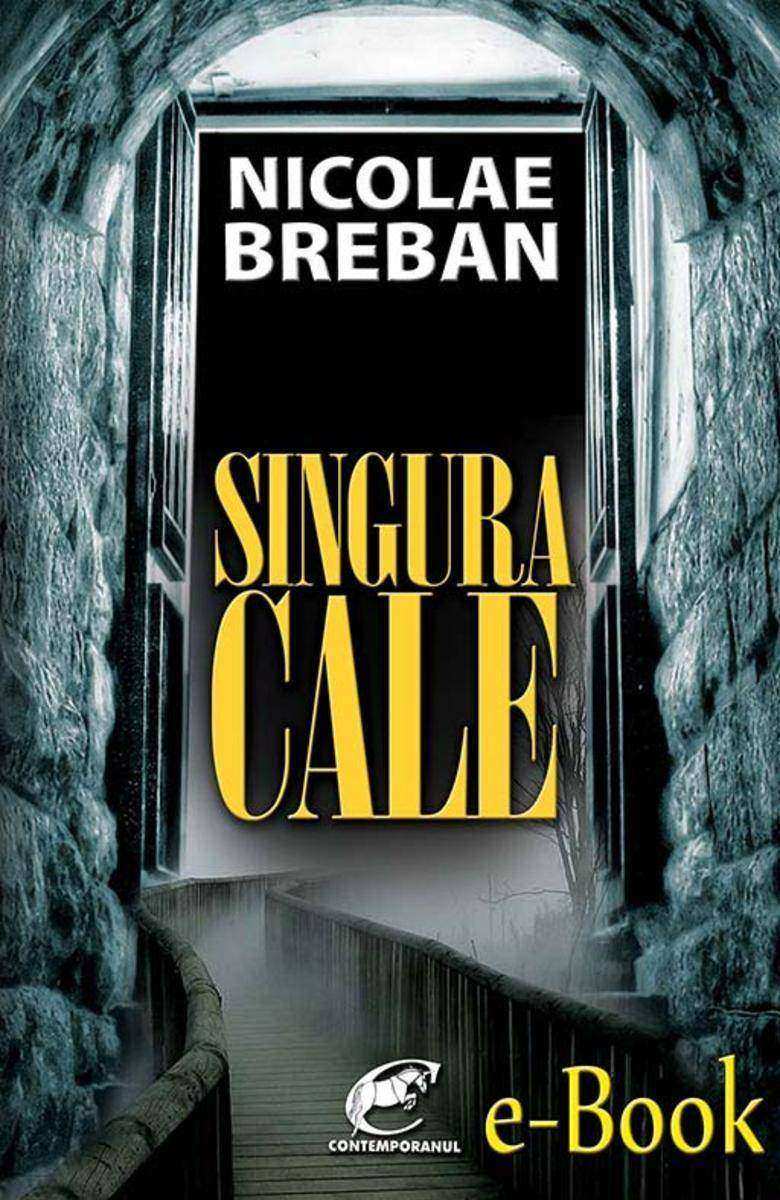
Singura cale
¥98.02
Lucrarea aduce in dezbaterile istoricilor si economistilor evolutia economica si politica a Romaniei in perioada 1859-1900, marcand o contributie insemnata in acest domeniu destul de putin studiat, analizat si dezbatut.Tema centrala a lucrarii o constituie necesitatea crearii unei industrii romanesti inca de la inceputul secolului al XIX-lea, pledand in favoarea protectionismului, a independentei capitalurilor si a mainii de lucru calificata.De asemenea, autorul analizeaza dezbaterile care au avut loc in epoca pe tema industrializarii si protectionismului intre cele doua partide mari existente in a doua jumatate a secolului XIX: Conservator si Liberal, precum si cele dintre economistii de conceptie din acea vreme: D.P. Martian, I. Ghica, Ionica Tautu, P.S. Aurelian.




 购物车
购物车 个人中心
个人中心



